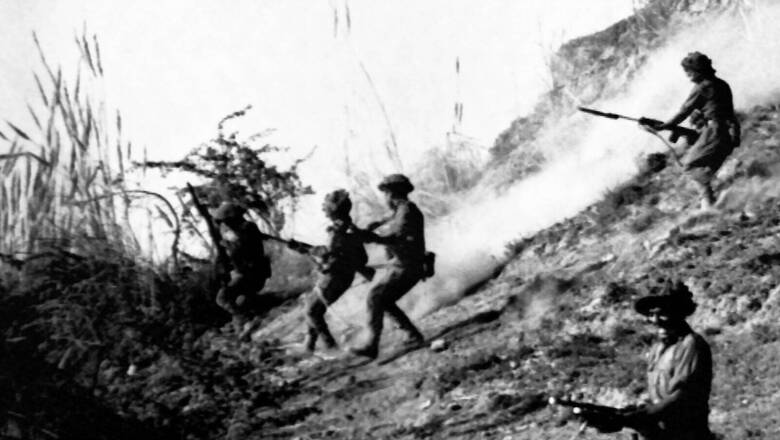
views
I always wanted to be a soldier; my grandfather’s service in the cavalry of the British Indian Army was a great motivation. I was commissioned in March 1968 and was allotted The Deccan Horse, the regiment of my choice where my forefathers had served across generations.
The regiment was posted to Jammu’s Chamb-Jourian sector in May 1971 even as an India-Pakistan war was becoming likelier by the day. Most of us young officers were full of josh and raring to go. I was exhilarated to be in a place where the enemy was sure to be met in battle.
Then came a bolt from the blue: I was posted to the yet-to-be-raised 6 Independent Armoured Squadron at the Indian Armoured Corps Centre & School (ACC&S), Ahmednagar in November, by which time war had become a certainty. The squadron was commanded by Major R.D. Law from the 7th Cavalry that had added to its honours at Zoji La in the war of 1947-48. Our second-in-command was Captain A.K. Bhatia from the pioneering 62 Cavalry. As one of the troop leaders, I was made lieutenant; Second Lieutenant K.R. Badbade of the distinguished Central India Horse cut a rather dashing figure as the other troop leader.
The raising was ordered at such a breakneck pace that officers hadn’t even removed the insignias of their original units from their uniforms. Our squadron was the quickest to be raised in the history of the Armoured Corps. We got spanking new Russian-made T-55 tanks with formidable 100 mm main guns, although mounted anti-aircraft guns were lacking. The Junior Commissioned Officers and troops were of mixed background but all were from T-55 trained regiments. All in all, it was a unique and promising start. The squadron’s short but very intense training and battle-zeroing of the tanks was completed in the unbelievable time of a week.
Soon enough, we were off to meet the coming war as part of 12 Infantry Division. Loaded on a special train bound for dusty Jaisalmer on 13 November, 1971, we were given a grand farewell at Ahmednagar Railway Station. I remember the Armoured Corps Band was playing ‘Charge of the Light Brigade’; I remember being electrified by the martial quality of the music and the images it evoked.
Unfortunately, no family member of any officer was present except for those of Badbade was given a warm farewell by his parents and sisters who had come from Poona. Sorrow does tinge the memory of every great victory. I remember Captain Bhatia remarking to me as we boarded the train: “Ved, how lucky Kishore (Badbade) is to receive such a great farewell from his family members. We don’t have any one from our families.” Little did we know then what luck had in store for this young cavalry officer.
The moving finger of fate records Kishore Badbade as the first officer war casualty of 12 Infantry Division in enemy action on 6 December, 1971.
My ‘Great Escape’
The squadron reached Jaisalmer via Ahmedabad-Bhagat-ki-Kothi (Jodhpur) and Pokhran on 18 November, 1971. The journey included running a logistical gauntlet in changing to a metre-gauge railway track at Ahmedabad. We were inducted into the war zone near the PWD Gang Hut on Longewala-Ghotaru Road in the general area of Asutar.
Major Law continued to inspire us during the desert training and maintenance of tanks through the days that followed. Unfortunately for me, I was suffering from a severe case of bleeding piles at the time. I decided not to report sick so that I could take part in the coming war. My health deteriorated as days passed. The inevitable happened: Captain Bhatia got to know of my condition, and he informed Major Law. The squadron commander would hear none of my entreaties and sent me to the Medical Officer of 20 Lancers, Captain V.K. Madan, on 2 December, 1971.
After medical investigation, I was sent to military Hospital, Jodhpur, for further treatment on 3 December. More medical tests were conducted over the following two days. It was soon after this that I got to know Pakistani forces had come into our territory on the intervening night of 5-6 December, and that heavy fighting took place around our post at Longewala Junction.
I was wracked by guilt at not being with my squadron at this time. Official channels would have been of no avail, so there was only one course left to me: I deserted.
By 10 am on 6 December, I was on the road leading out of Jodhpur. I began making my way to my squadron by any means possible, using a three-wheeler, bus and train so as to reach Jaisalmer by mid-afternoon.
The officer commanding the induction cell at the railway station sent me to Ramgarh by an Army truck that was taking other soldiers to the same war zone as my squadron. On reaching Ramgarh, I took a lift in another truck of 23 Punjab Battalion and reached Longewala Post. The area around the post was littered with burnt and destroyed military vehicles and equipment of all kinds.
ALSO READ | A Year after India Won 1971 War, 600 POWs Finally Left Lyallpur Jail in Pakistan for Home
Back in the Fight
I was standing some distance away from a still-burning Pakistani tank when I was spotted by Captain Arjun Singh (later Brigadier), from 20 Lancers. To his query, I replied I had deserted from MH Jodhpur and needed to join my squadron. When he asked me where the squadron was, I had no answer. Captain Singh was a little taken aback but offered me a lift to the water collection point in the area from where I had a good chance to find my unit.
My wait at the water point proved futile so I opted to take a lift in the water truck of 20 Lancers. Lt Col G.S. Bawa, the 20 Lancers Commandant, sent me along with his adjutant Captain A.S. Kler (later Major General) with a Pakistani prisoner of war, Sepoy Aurangzeb, to the forward position of Headquarters 12 Infantry Division. I met the General Officer Commanding, Major General R.F. Khambatta, and 30 Infantry Brigade Commander Brigadier E.N. Ramadoss. Both senior officers appreciated the fighting spirit embodied in my desperate search for my unit and sent me forward to the infantry battalion (6/5 Gorkha Rifles) that was moving to occupy ground vacated by defeated Pakistani forces.
At that time, Captain Khatri from 45 Cavalry asked me to drive a Pakistani T-59 left behind by fleeing enemy forces. I drove this tank to the headquarters of 30 Infantry Brigade, amused that my search had now included driving a captured enemy T-59 towards the battle zone!
Once we reached our objective, I met the commanding officer of 6/5 Gorkha Rifles. We walked together for some distance and he asked me a number of questions, all the time appreciative of my determination. He then sent two soldiers with me as escort to assist in my search for the squadron.
It was late in the evening and the sun was going down when we entered the gun position of an artillery regiment, where we were immediately captured by a vigilant guard. We were marched to the adjutant of the regiment for interrogation. I was in possession of my identity card and the adjutant, Captain H.C. Hooda, happened to know my entire family since he too was from Rohtak.
It had got dark, and Captain Hooda advised me to stay at his position for the night. After an early breakfast on 7 December, he sent me on to locate my squadron. Somehow, I managed to find vehicles of our squadron which were ready to move to the forward zone for replenishment of tanks.
On the way, our vehicles were attacked by enemy aircraft. Our troops suffered minor injuries, but one of the vehicles was destroyed.
Finally, I was home! I jumped onto my tank and joined my troop at about 10 am. At this point, the Squadron Commander’s voice crackled over the tank radio, seeking an ‘OK Report’ from troop leaders. Major Law was pleasantly surprised when he heard my voice affirming readiness for action. Since the action was underway, he asked me to meet him right after the attack.
After the first forward movement of 7 December, I met the Squadron Commander. He too admired my resolve to fight. It was he then who contacted HQ 12 Infantry Division and got my desertion report from MH Jodhpur quashed and discharge certificate issued. The night of 7 December was spent in the maintenance and replenishment of tanks for further operations.
In the Thick of It
Battle was joined in earnest on 8 December when our squadron and 6/5 Gorkha Rifles attacked enemy positions on the dominating heights of the sand features along Longewala-Ghotaru road. I led my troop in all the attacks over the next two days, and with artillery support as well as ground attack sorties by IAF Hunters, we devastated the enemy forces who retreated in haste from the ferocity of our action. We lost two tanks in the bloody and intense fighting. Our Squadron also lost brave and gallant tank men in the battle near BP 638. We suffered the martyrdom of one officer, one JCO, one NCO, and four tank-men.
By the afternoon of 9 December, we had captured and occupied the general area of Kharo Tar along with the supporting infantry and artillery units. A large number of fighting machines, vehicles and a great amount of equipment had been left behind by the retreating enemy forces. This marked the end of Pakistani aggression in Longewala sector.
On 10 December, our squadron was ordered to move to the 11 Infantry Division sector, the Barmer-Naya Chor war zone. Again, it was a military special train that we used for the purpose from Jaisalmer. Our tank train was given cover by combat air patrols of the IAF, and we reached the Pakistani railway station of Khokropar in Sindh province via Barmer. Our squadron then moved at night to the defended area of 9 Madras Battalion for further operations.
Over the next five days, we fought battle after battle against the Pakistani position in the general area of Parbat Ali and Parche-di-Beri on the outskirts of the township of Naya Chor. On 17 December, when a ceasefire was declared, 11 Infantry Division had advanced about 54 km inside Sindh province of Pakistan.
But our job wasn’t over yet. From 18 December onwards, we carried out offensive patrolling to dominate the captured Pakistan territory. On 20 December, during offensive patrolling we reached the area held by 15 Kumaon Battalion, the unit of my younger brother, Captain Y.P.S Dahiya. I was looking forward to meeting him but was disappointed to learn that my brother took a patrol party to recce the captured areas. I had to make do with speaking to him over a wireless set.
At one point that day, the two tank troops of squadron along with my brother’s ad-hoc recce and support company called ‘Balwan’ were tasked to attack Pakistani intruders who had occupied tactically strong positions in our captured areas. As we approached, the Pakistani commander made a renewed acquaintance with fear and rapidly vacated the dominant heights. We stayed in the area till the end of 1971 along with 9 Madras. This period was utilised in repairs, maintenance and training. Above all, the tank-men got much deserved rest and respite at the battlefront.
ALSO READ | March 26 to December 16, 1971: How Parliament Kept Pressure on Indira Govt to Liberate East Bengal
Revelry and Rivalry
On 31 December, I took permission from Major Law to celebrate the new year with my younger brother at his battalion location in the Gadra Road area. Major Law was kind enough to accept my request, and off I went to 15 Kumaon. I was warmly received by the officers of the battalion, who were in a jolly mood because of the number of awards and decorations that 15 Kumaon had won in the capture of Gadra. My brother Y.P.S. Dahiya got a ‘Mention-in-Despatches’ for his disregard of personal safety in leading his men from the front during the assault on Gadra, although I was told his recommendation was for a Vir Chakra.
We were all having a great time when the old infantry-cavalry rivalry surfaced. Major A.S. Khatri from 15 Kumaon challenged me to settle the issue with bottoms-up of whisky drinks. I accepted the challenge. We emptied our glasses several times in rapid succession, the battalion officers shouting ‘Bottoms Up’ for every drink. We must have had about seven or eight such bouts of hard-drinking when Major Khatri fell flat on his face: he had gone bottoms up, his rear end pointed skywards!
The temporarily inactivated captain was then loaded on to a captured Pakistani camel with all due honour, and taken to the battalion medical room. The party continued, and the officers of 15 Kumaon raised a toast in my honour in true military tradition and style. It was truly the best new year celebration ever in my army years.
The author retired in 1995 and lives at Ahmednagar Cantonment (Maharashtra), also called ‘Armoured Nagar’. The views expressed in this article are those of the author and do not represent the stand of this publication.
Read all the Latest Opinions here












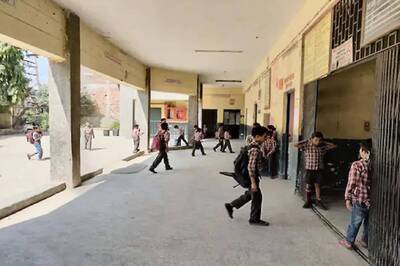

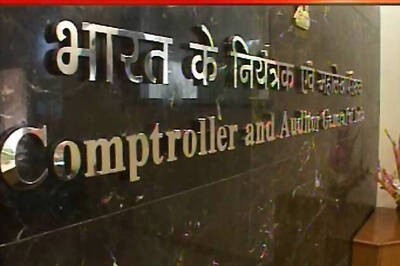
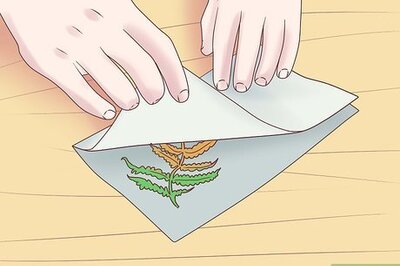

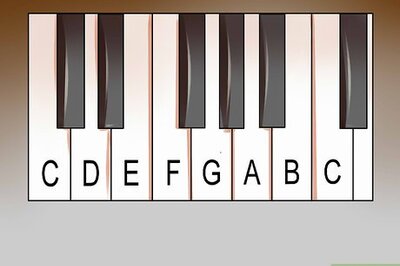


Comments
0 comment